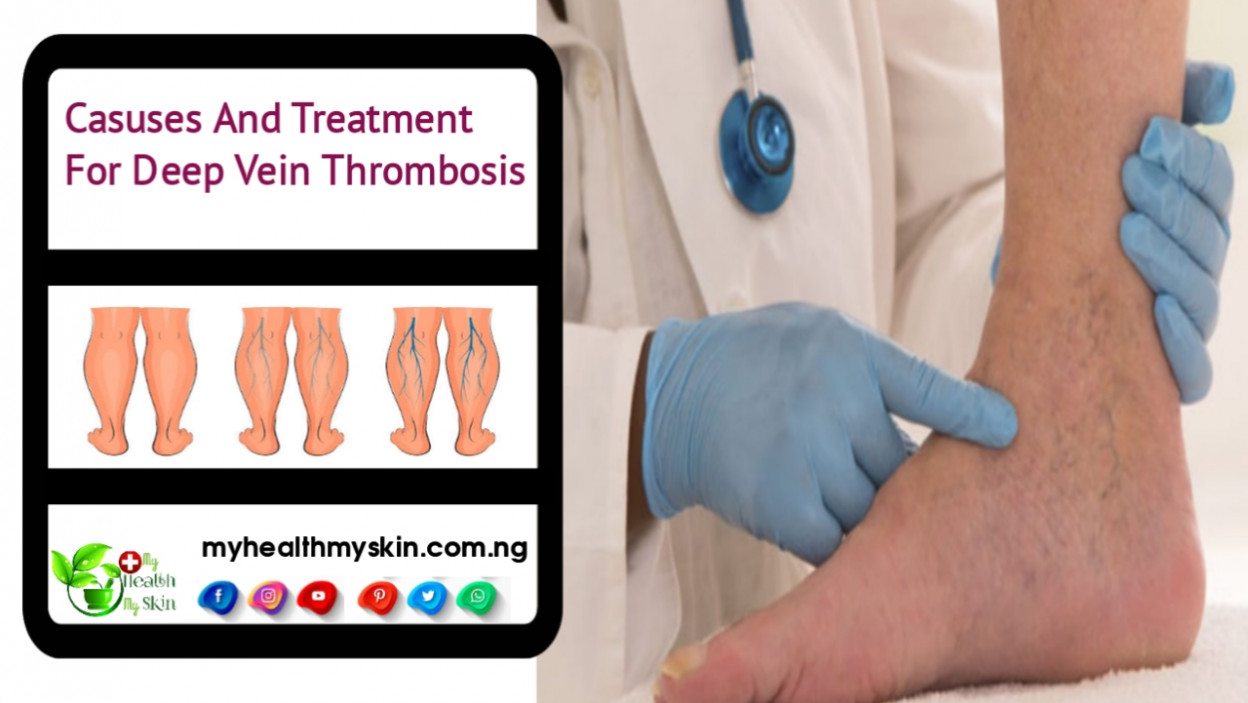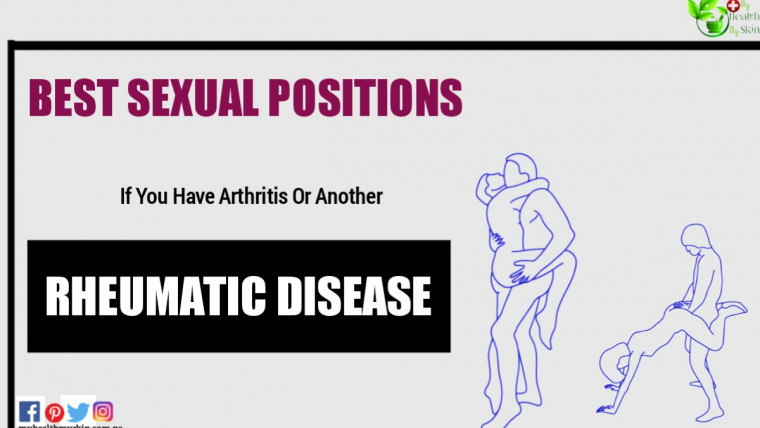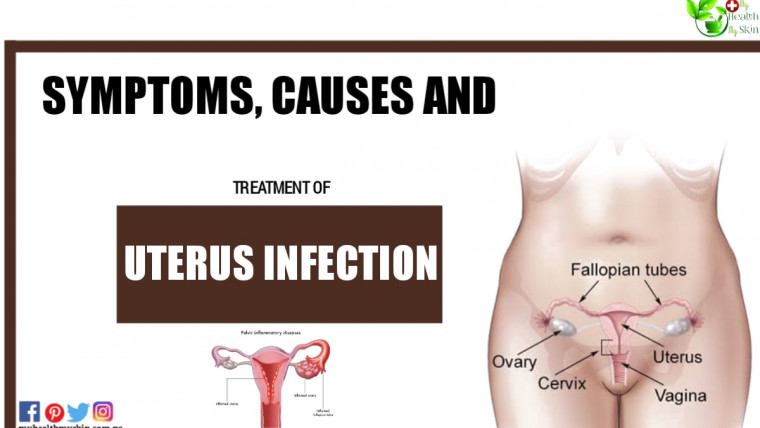Deep vein thrombosis refers to the formation of blood clots – thrombus inside the vein. This disease goes without symptoms in the initial stages.
After a certain period of time, symptoms that significantly worsen a person’s lifestyle: sharp pain in the leg, limitation of movement occurs. Deep vein thrombosis can be fatal if left untreated.
Blood flow slows down significantly due to the effect of blood clots. The supply of nutrients and oxygen to the tissues is disrupted, they gradually undergo necrosis (destroy).
In a number of cases, the thrombus separated from the vessel wall goes with the blood to the lungs or heart, causing a heart attack or stroke.
These pathologies can end in paralysis or death. Therefore, the treatment of the disease should not be delayed.
Causes Of Deep Vein Thrombosis
The main factors that accelerate the development of thrombosis are the following:
- Venous wall damage due to trauma;
- Overweight;
- Hormonal preparations;
- Cigarettes and alcoholic beverages;
- Complications during childbirth (Caesarean section);
- Rapid blood clotting;
- Fractures;
- Infectious disease.

Symptoms Of Deep Vein Thrombosis
- Sharp pain;
- Swelling;
- Feeling of heaviness in the legs;
- Restriction of movement.
Complications Of Deep Vein Thrombosis
Thrombosis of deep veins can cause
chronic venous insufficiency, in such
cases edema of the lower limbs is
formed and trophic disorders (lipodermatosclerosis, eczema, trophic
ulcers).
Pulmonary artery thromboembolism is
considered the most dangerous
complication of deep vein thrombosis.
The broken pieces of thrombi are transferred with blood to the pulmonary
artery, causing its embolism (occlusion).
Disruption of blood flow in the pulmonary artery leads to acute respiratory and heart failure, such situations are accompanied by the threat of death.
A pulmonary infarction develops when thrombus particles block the opening of a small branch of the pulmonary artery.
Examination Of Deep Vein Thrombosis
For this purpose, Color Doppler examination is performed. In the early stages, deep vein thrombosis can be detected by swelling and skin color.
The danger of the pathology is due to the fact that it is hidden in the initial stages. For this reason, thrombosis gradually becomes progressive and leads to complications.
Swelling is formed as a result of the accumulation of blood in the lower parts of the body.
Edema is observed in the calf and thigh area. In later stages, tissue destruction can lead to foot rot and gangrene.
However, this process is not always related to thrombosis of the lower extremity veins.
In order to clarify the causes of the disease and determine the correct treatment method, it must be carried out by a vascular doctor – phlebologist.
Modern phlebology has a strong technical basis for evaluating venous blood flow and diagnosing deep vein thrombosis.
As a rule, the diagnosis is confirmed by a phlebologist. He performs the bandage test (an elastic bandaging of the leg in a special way) as well as the Perthes test (wrapping an elastic bandage from the toe to the
groin).
Then the patient walks for a while. Cutting pains and subcutaneous veins that do not change in bulging indicate thrombosis.
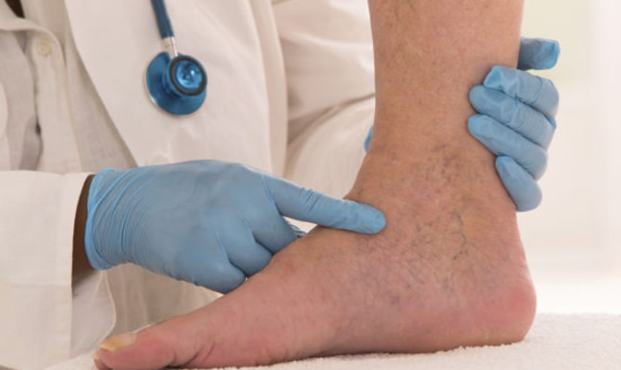
Treatment Of Deep Vein Thrombosis
Patients with thrombosis are treated conservatively and surgically, depending on the degree of development of the process.
Medicinal therapy is carried out with the help of appropriate groups of drugs – anticoagulant, fibrinolytic, thrombolytic, disaggregants.
You May Also Like:
- Thrombosis – Causes, Types And TreatmentTreatment
- 5 Natural ways to treat Arthritis
- All About Tummy Tuck [Abdominoplasty] – The Complete Guide to Surgery That Can Eliminate Abdominal
- 11 Best Biceps Exercises – Home & Gym
Life-threatening situations are an indication for surgical removal of thrombi -thrombectomy.
Prevention Of Deep Vein Thrombosis
Preventive measures of deep vein
thrombosis include removal of risk
factors, wearing elastic stockings, and
early movement activity of patients in
the postoperative period.
In some cases, low doses of acetylsalicylic acid and heparin are prescribed to reduce blood clotting after surgery.
If you want to read more articles similar to Casuses And Treatment For Deep Vein Thrombosis? We recommend you visit our Physical & Mental Health category. Share on your social networks and stay tuned for upcoming articles.
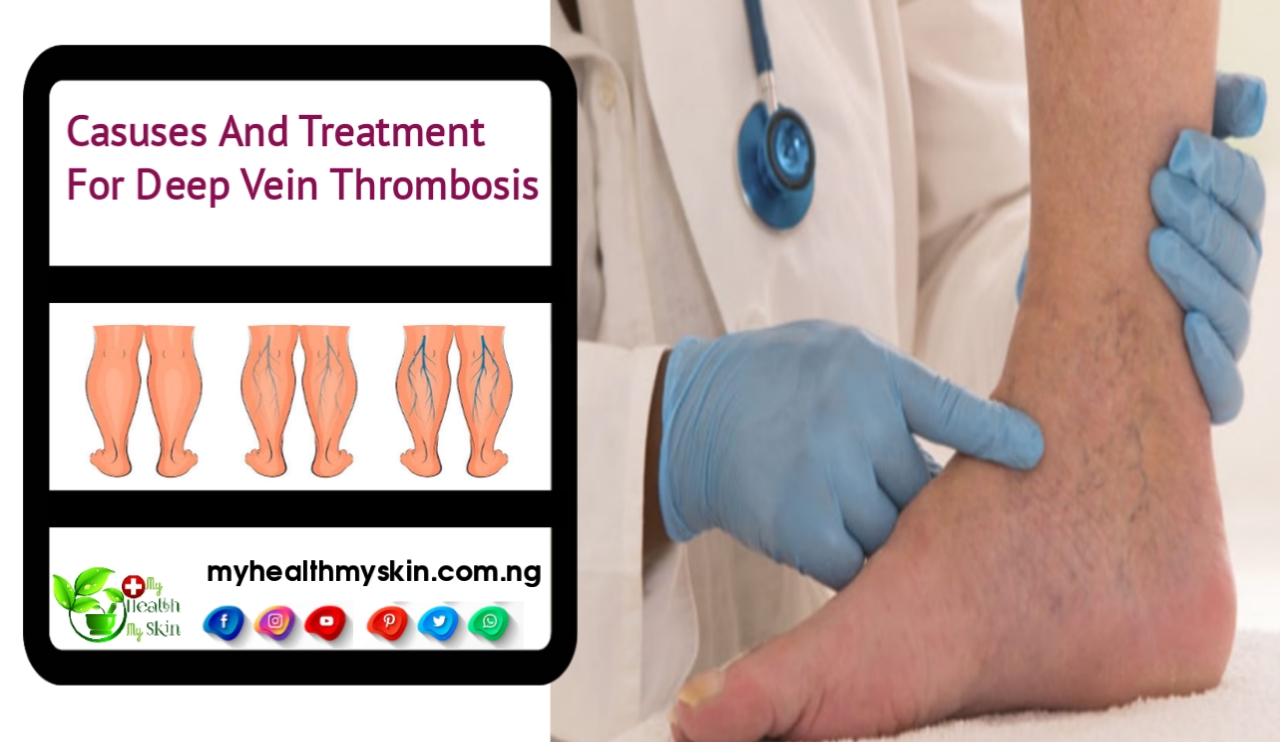
Have You Ever Had A Problem With Blood Clots? Comment Below!

